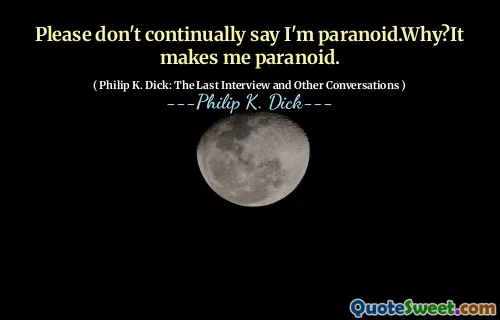
The trauma said, 'Don't write these poems. Nobody wants to hear you cry about the grief inside your bones.'
This poignant quote from Andrea Gibson’s The Madness Vase bears a deep emotional resonance about the struggle of expressing painful experiences, especially through poetry or art. The 'trauma' here is personified, acting as an internal adversary that discourages the creative outpouring of sorrow and suffering. It reflects a common internalized voice that many individuals face when trying to confront and communicate their inner pain. The quote highlights the isolation and silence that trauma can impose, subtly reminding us that there is a stigma — whether internal or societal — attached to openly sharing one’s grief and vulnerability.
The imagery of trauma speaking to halt the articulation of sorrow draws attention to how trauma inhibits healing by suppressing expression. Yet, paradoxically, poetry and art often serve as powerful outlets that allow individuals to reclaim their voice, defy isolation, and foster connection. Gibson’s words encourage recognition of this oppressive 'voice of trauma' as something to be challenged rather than accepted. To 'not write these poems' is equivalent to silencing oneself, but the existence of the poem itself contradicts that internal censorship and implies courage and resilience.
In a broader sense, this quote invites readers to consider the stigma surrounding mental health, grief, and emotional pain. It challenges society's discomfort with raw expressions of suffering and sadness. By giving voice to the ‘grief inside your bones,’ the poet asserts a profound authenticity and the necessity of confronting rather than concealing emotional wounds. It is a call for compassion, self-acceptance, and ultimately, the transformative power of art in healing and witnessing pain.

